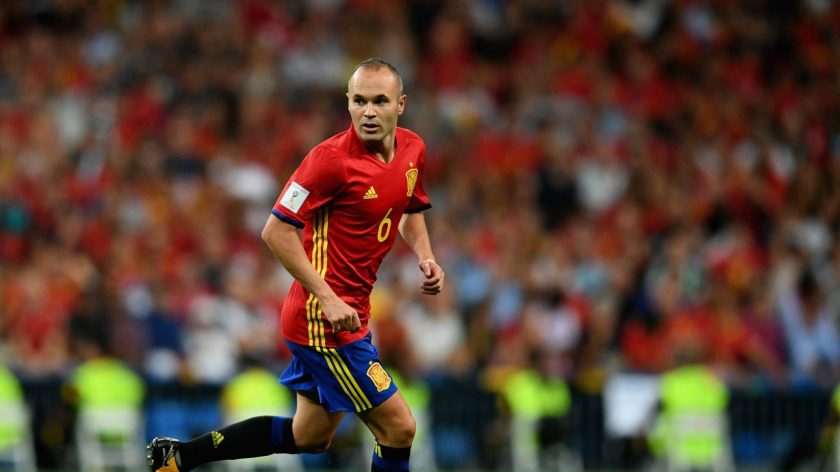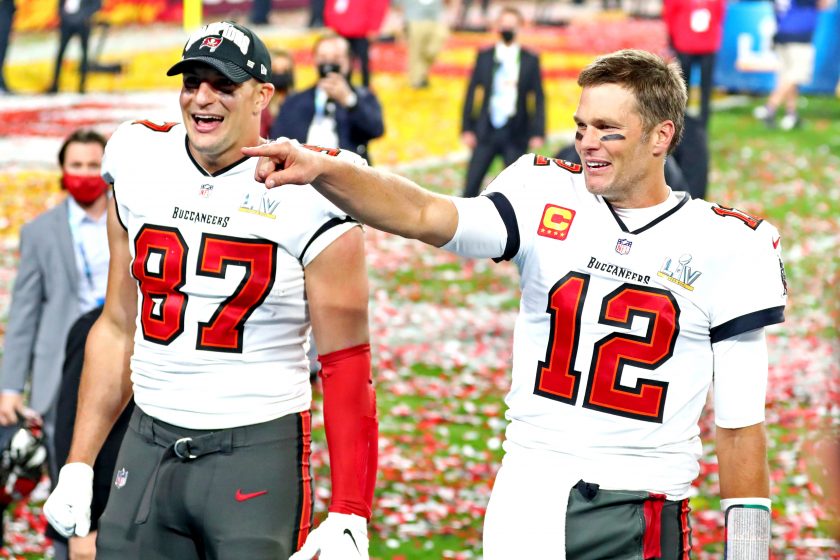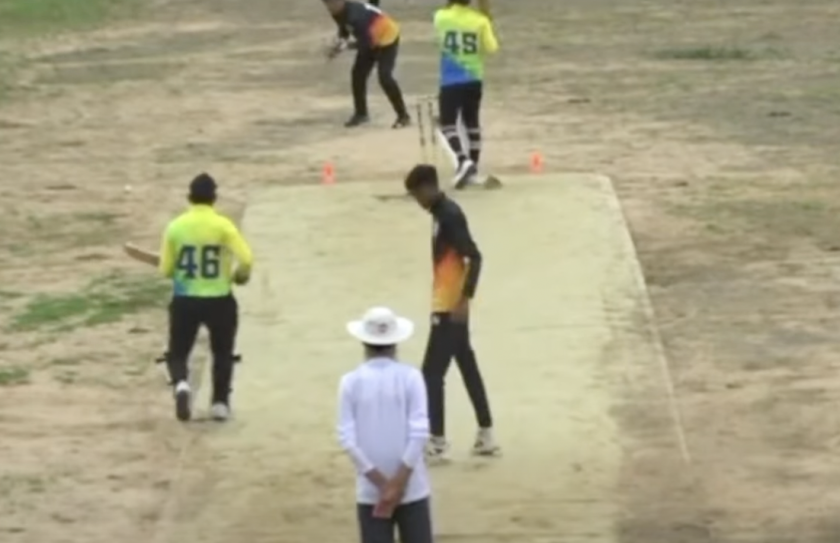2018 World Cup Squad Breakdown: Spain

Manager Julen Lopetegui takes an exciting squad to Russia, one that may offer a transition from the tiki-taka era of Vincent del Bosque.
Spain has failed to impress at their last two major tournaments, getting bounced at the group stage at the 2014 World Cup, and losing to Italy in the Round of 16 at Euro 2016.
It will be interesting to see if the new boys and the old guard can return Spain to the peak of international football. Here’s the squad that La Furia Roja will take to the tournament.
Goalkeepers (3):
- David de Gea (Manchester United)
- Pepe Reina (Napoli)
- Kepa Arrizabalaga (Athletic Bilbao)
Defenders (8):
- Sergio Ramos (Real Madrid, Team Captain)
- Gerard Pique (Barcelona)
- Jordi Alba (Barcelona)
- Cesar Aziplicueta (Chelsea)
- Dani Carvajal (Real Madrid)
- Nacho (Real Madrid)
- Alvaro Odriozola (Real Sociedad)
- Nacho Monreal (Arsenal)
Midfielders (8):
- Andres Iniesta (Barcelona)
- Koke, Atletico Madrid)
- Isco (Real Madrid)
- Thiago (Bayern Munich)
- Marco Asensio (Real Madrid)
- Saul (Atletico Madrid)
- David Silva (Manchester City)
- Sergio Busquets (Barcelona)
Forwards (4):
- Diego Costa (Atletico Madrid)
- Iago Aspas (Celta Vigo)
- Lucas Vasquez (Real Madrid)
- Rodrigo (Valencia)
Who Will Start?
Lopetegui will likely follow Del Bosque’s footsteps and play a 4-3-3 or 4-5-1 formation. Spain’s greatest strength is in the central midfield. Conversely, their weakness is their lack of wingers. Thus, five central midfielders will likely be deployed.
The defense fills itself out. De Gea will start in goal; Alba and Carvajal as full backs; Ramos and Pique in the middle. Carvajal may be ruled out due to the injury he sustained in the Champions League final. If he is ruled out, either Azpilicueta or Odriozola will likely take his place.
The midfield is also fairly shored up. Sergio Busquets will anchor the midfield, playing behind an incredibly dangerous quartet of Iniesta, David Silva, Isco, and Thiago. Thiago and Silva both had terrific domestic seasons; Isco has been outstanding in a Spain shirt recently; Iniesta and Busquets’ pedigree is undeniable.
Diego Costa will likely start at striker, although strong pre-tournament performances from Iago Aspas could see him start.
Projected XI:
de Gea
Alba, Ramos (C), Pique, Carvajal
Iniesta, Isco, Busquets, Silva, Thiago
Diego Costa
Strengths
As I mentioned earlier—center midfield. Busquets can protect the back four, but also dictate play from deep while Iniesta is pulling all the strings. Silva can quarterback the game from further up and both Isco and Thiago represent viable goal-scoring threats. Don’t discount the quality of Koke, Saul, and Asensio off the bench either, particularly to replace Iniesta, who will likely not last 90 minutes due to his age.
Weaknesses
Width. Spain, realistically, brought two to three wingers; depending on how you classify Rodrigo and Asensio. Therefore, opposing defenses could condense into the middle of the park, and force Spain’s central midfielders out wide. We’ll see how effective Spain will be on the counter with their lack of pace.
Notable Omissions
So many. Lopetegui had an embarrassment of riches to select from and left out several key names. Arsenal’s Hector Bellerin and Chelsea’s Marcos Alonso could have made it over Monreal and Odriozola, and no one would have batted an eye. Cesc Fabregas could have provided midfield stability, and Pedro could have offered pace and experience out wide. Chelsea’s Alvaro Morata is a snub in name only; despite being pinned as Spain’s No. 9 of the future, Morata’s displays at Chelsea this year did not justify a selection.
Tournament Outlook
Spain can absolutely win this tournament. They will almost certainly advance from their group and should be favored over Portugal to top it. However, if both Spain and Argentina win their groups, they would meet in the quarters, meaning Spain would need to beat Argentina, Germany, and Brazil/France to win the tournament. It’s doable, with their quality especially, but it is no easy task for a side with a manager entering his first World Cup at the helm.
Ultimately, if Spain can generate enough goals, they’ll have a shot at winning. They won all four of their 2010 World Cup knockout games by a score of 1-0, dominating possession and nicking a goal in the second half each game. That may not be a repeatable strategy given the firepower they could be up against. Spain must put the ball in the back of the net more than four times in the knockout stage to win this tournament.
[sc name=”Generic Link Next” link=”https://elitesportsny.com/2018/06/02/2018-world-cup-england-stands-to-gain-experience-in-russia/” text=”England Is Talented Enough To Do Some Damage, But Age Might Hurt Them” ]Staff Writer at Elite Sports New York. Lead Writer at New York Sports Hub and My Weekly Sports. Twitter, instagram: @skylardarel. Avid fan of the Yankees, Knicks, Giants, New York City FC, FC Barcelona, and Arsenal FC. Sophomore at the College of New Jersey, studying Communication. Aspiring play-by-play commentator. Grew up in Manhattan, and proud to know how to work the Subway system.





